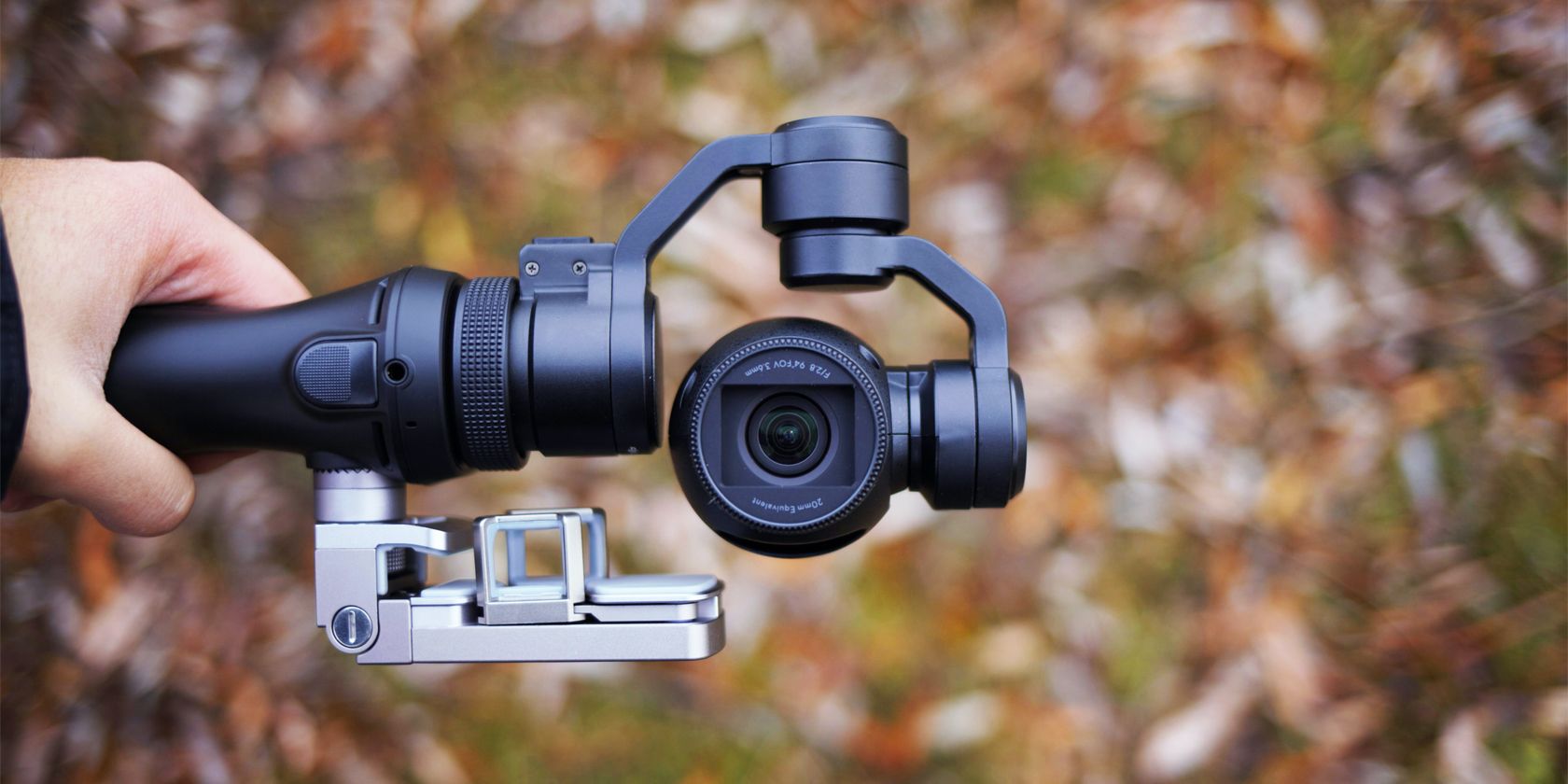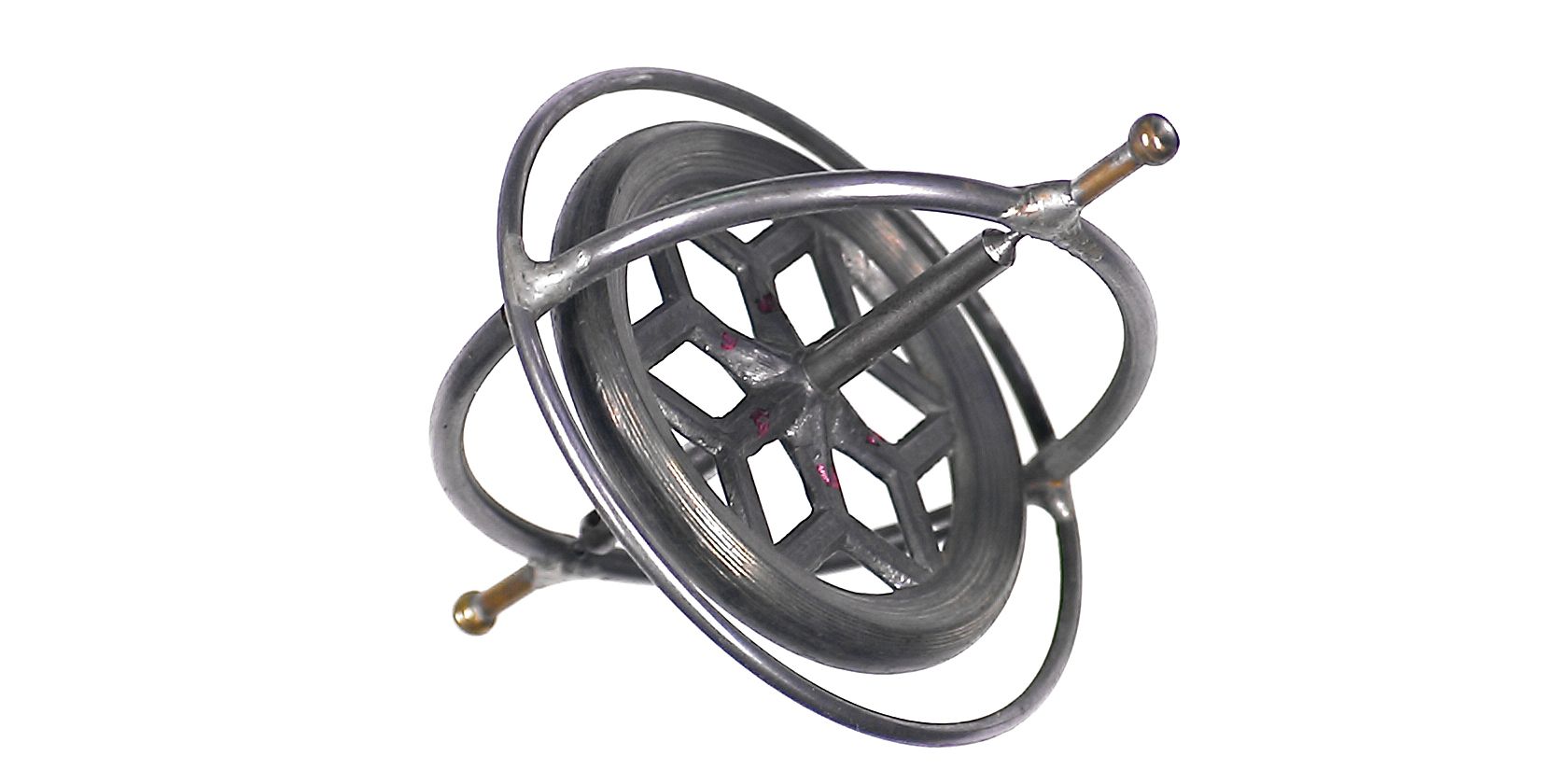The ubiquity of smartphones has allowed almost anyone to create videos. However, light and portable phones are not great for stable recording.
So what's the solution if you want a steady, professional-quality clip? A gimbal! But what exactly is a gimbal? And how does it work? Let's explore it more below.
The Evolution of Stabilization Technology
Before the advent of small, powerful chips and advanced AI algorithms, stable video required heavy and expensive equipment. You would need a dolly, a crane, or a Steadicam to hold the heavy film cameras. That's why most professionally-made films are solely in the domain of studios and big-budget producers.
But with the introduction of digital cameras, filming equipment became lighter. Eventually, stabilization gear followed suit. So instead of using heavy equipment balanced by substantial counterweights, you can now record high-quality video on small handheld phones stabilized by light gimbals.
Introducing Handheld Gimbals
Today's handheld gimbals use brushless motors, an inertial measurement unit (IMU), and a processor to keep the mounted camera steady. The IMU detects movement, which it then sends over to the processor. The data is then processed to differentiate between deliberate action and camera shake.
Once the gimbal determines the detected change is unwanted, it will make a corresponding opposite adjustment. This, in turn, cancels out the movement, resulting in a smooth video recording.
How Exactly Does a Gimbal Work?
All movement happens in three axes: tilt, panning, and roll. Tilt is when the camera looks up and down, while panning is when it looks left and right. Roll, on the other hand, is when you rotate your camera from portrait to landscape mode.
The IMU module in the gimbal detects these movements. It's composed of two major components: an accelerometer and a gyroscope. The accelerometer determines what direction the gimbal is going. Is it going up or down? Forward or backward? Left or right?
On the other hand, the gyroscope determines the axes of movement: tilt, panning, and roll. Data from the IMU is then fed into the gimbal’s brain. It then uses an advanced algorithm to determine if your actions are deliberate.
If it determines that the movement isn't purposeful, it will instruct the motors to move in the opposite direction of the sensed movement. The gimbal's motion sensing, data processing, and motor movement happen in real-time. And that's how you get stable video.
Do You Need a Gimbal?
Smartphone and camera makers are busy creating stabilization innovations. Many top-of-the-line cameras, lenses, and phones offer both optical and electrical image stabilization. You can also add motion stabilization during post-processing.
However, these technologies can only do so much. Since they’re inside an enclosed space, they're not as effective. So if you're going to be doing a lot of handheld videography, a gimbal is a must in your equipment list.



